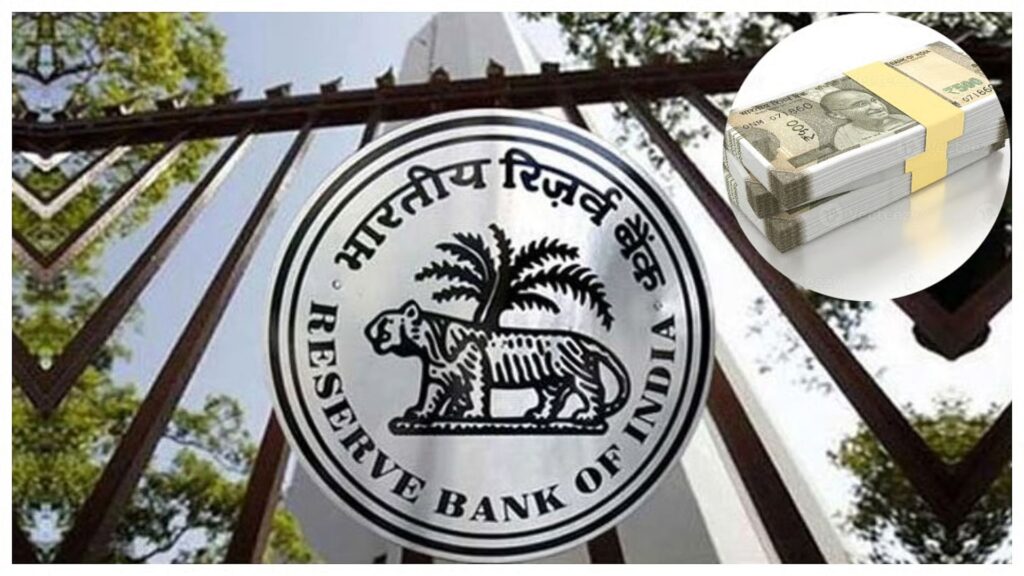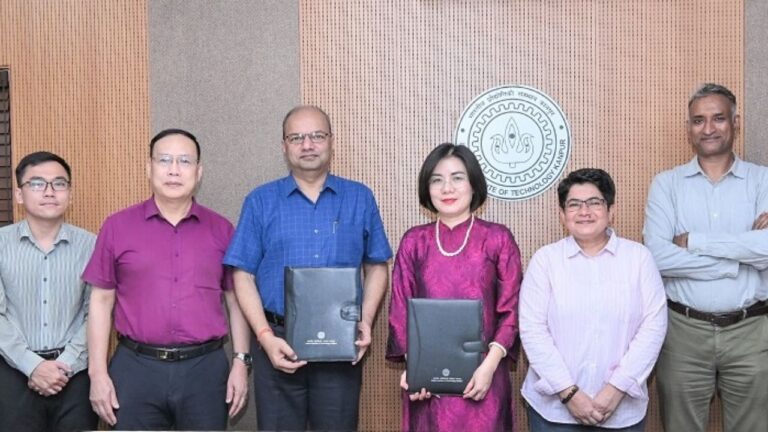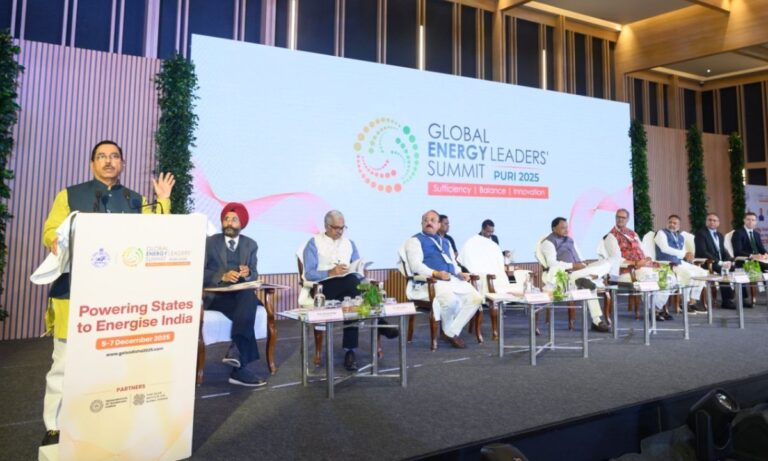
The Reserve Bank of India (RBI), in its Annual Report for 2024-25 released on Thursday, revealed a substantial increase of nearly 25% in security printing expenditure, which rose to ₹6,372.8 crore compared to ₹5,101.4 crore in the previous fiscal. This surge is primarily attributed to a higher requirement for printing banknotes during the year.
According to the report, both the value and volume of banknotes in circulation recorded growths of 6% and 5.6%, respectively. The ₹500 denomination continued to dominate currency circulation, making up 86% of the total value, though this marked a slight dip from the previous year. In terms of volume, ₹500 notes constituted 40.9% of all banknotes in circulation, followed by ₹10 notes, which made up 16.4%.
Lower denomination banknotes — including ₹10, ₹20, and ₹50 — together accounted for 31.7% of the total volume of banknotes in circulation.
The RBI also noted progress in the ongoing withdrawal of ₹2,000 notes, which began in May 2023. By March 31, 2025, 98.2% of the ₹3.56 lakh crore worth of ₹2,000 notes had been returned to the banking system.
Coin circulation also witnessed growth, with its value rising by 9.6% and volume by 3.6% over the year. Furthermore, the circulation of the digital rupee (e-rupee) saw a significant jump of 334% during the same period.
India’s currency in circulation now includes coins, central bank digital currency (CBDC), and banknotes in denominations ranging from ₹2 to ₹2,000, though printing of ₹2, ₹5, and ₹2,000 notes has been discontinued. Coin denominations include 50 paise, Re 1, ₹2, ₹5, ₹10, and ₹20.
On the issue of counterfeit currency, the report said 4.7% of Fake Indian Currency Notes (FICNs) detected during the year were found at RBI offices. Notably, instances of fake ₹200 and ₹500 notes increased by 13.9% and 37.3%, respectively, while fake notes of smaller denominations and ₹2,000 saw a decline.
The central bank reiterated its commitment to enhancing the security of Indian banknotes, stating that new and upgraded security features are under active development. Additionally, the RBI has achieved full indigenisation in banknote production, now sourcing all essential materials — including banknote paper and various inks — domestically.
Looking ahead, the RBI emphasized the importance of maintaining self-sufficiency in banknote manufacturing, investing in currency research, and monitoring public trends regarding cash usage versus digital payments.






